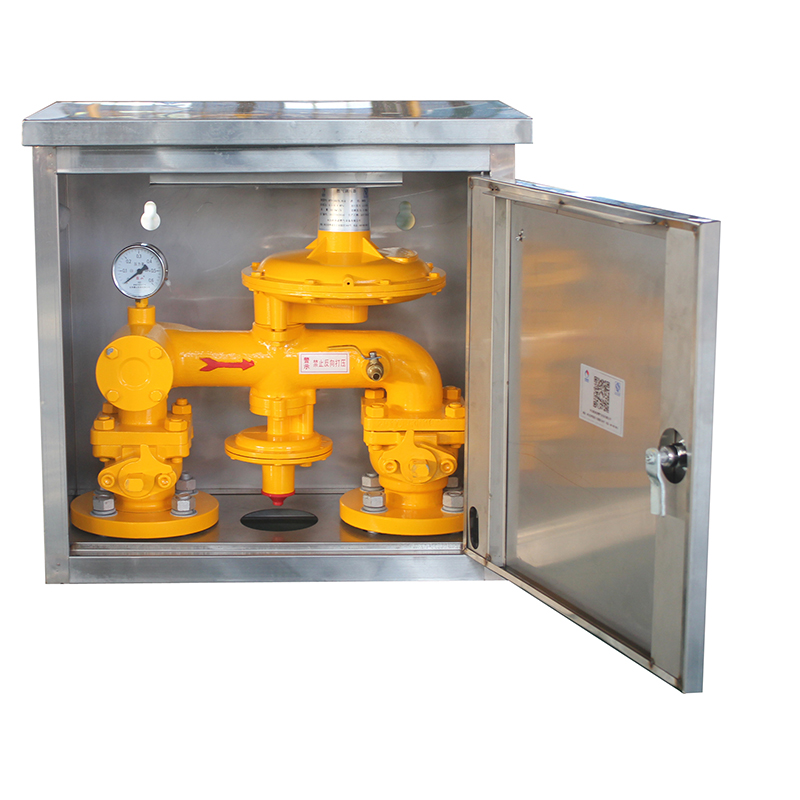
Nov . 30, 2024 22:42
Back to list
Heat Exchanger Design for Gas Applications and Efficiency Optimization
Understanding Heat Exchangers for Gases An Overview
Heat exchangers play a crucial role in various industrial applications, especially when it comes to the efficient transfer of heat between fluids. Among the diverse types of heat exchangers, those designed specifically for gases are particularly significant. This article aims to provide a comprehensive overview of gas heat exchangers, their working principles, applications, and advantages.
What is a Gas Heat Exchanger?
A gas heat exchanger is a device that facilitates the transfer of thermal energy between two gaseous mediums, usually without the two gases coming into direct contact. These devices are essential in systems where temperature regulation is necessary, such as in HVAC systems, power plants, chemical processing, and various other industrial applications.
Working Principle
The working principle of a gas heat exchanger is based on the concept of thermal conduction and convection. When a hot gas passes through the heat exchanger, it releases heat to the surfaces of the exchanger. This heat is then transferred to a cooler gas moving in the opposite direction or passing through channels adjacently. The efficiency of heat transfer is affected by several factors, including the temperature difference between the two gases, the flow arrangement (counterflow, parallel flow, or crossflow), the surface area of heat transfer, and the properties of the gases involved.
.
1. Counterflow Heat Exchangers In this design, the two gases flow in opposite directions. This arrangement allows for the maximum temperature difference throughout the length of the exchanger, making it one of the most efficient configurations.
مبادل حراري للغاز

2. Parallel Flow Heat Exchangers Here, both gaseous mediums flow in the same direction. While simpler in design, it is less efficient than the counterflow system due to a rapid decrease in temperature differential along the flow path.
3. Crossflow Heat Exchangers In this design, one gas flows perpendicular to the other. This setup can offer a good balance between complexity and efficiency and is often used in air conditioning and refrigeration systems.
Applications
Gas heat exchangers are utilized across a wide array of industries. In the automotive sector, they are employed to cool and warm engine systems. In the chemical industry, they are vital for recovering waste heat from reactors or other processes. Power plants also use gas heat exchangers to improve the efficiency of their systems by reclaiming heat from exhaust gases. Additionally, in HVAC systems, they play a key role in pre-conditioning and regulating air temperatures, ensuring energy efficiency and comfort within buildings.
Advantages of Gas Heat Exchangers
One of the primary advantages of using gas heat exchangers is their ability to maximize energy efficiency. By recovering waste heat, industries can significantly reduce energy consumption and lower operating costs. Furthermore, these systems can enhance process control and improve product quality by maintaining optimal temperatures. Additionally, gas heat exchangers are often designed to accommodate a wide range of temperatures and pressures, making them versatile for various applications.
Conclusion
In summary, gas heat exchangers are an essential component in many industrial processes, facilitating efficient heat transfer and contributing to energy savings. Understanding their principles of operation, types, applications, and benefits can aid industries in optimizing their processes and improving overall efficiency. As technology advances, the role of gas heat exchangers will continue to evolve, enabling greater energy recovery and enhanced performance across countless sectors.
Next:
Latest news
-
Safety Valve Spring-Loaded Design Overpressure ProtectionNewsJul.25,2025
-
Precision Voltage Regulator AC5 Accuracy Grade PerformanceNewsJul.25,2025
-
Natural Gas Pressure Regulating Skid Industrial Pipeline ApplicationsNewsJul.25,2025
-
Natural Gas Filter Stainless Steel Mesh Element DesignNewsJul.25,2025
-
Gas Pressure Regulator Valve Direct-Acting Spring-Loaded DesignNewsJul.25,2025
-
Decompression Equipment Multi-Stage Heat Exchange System DesignNewsJul.25,2025

